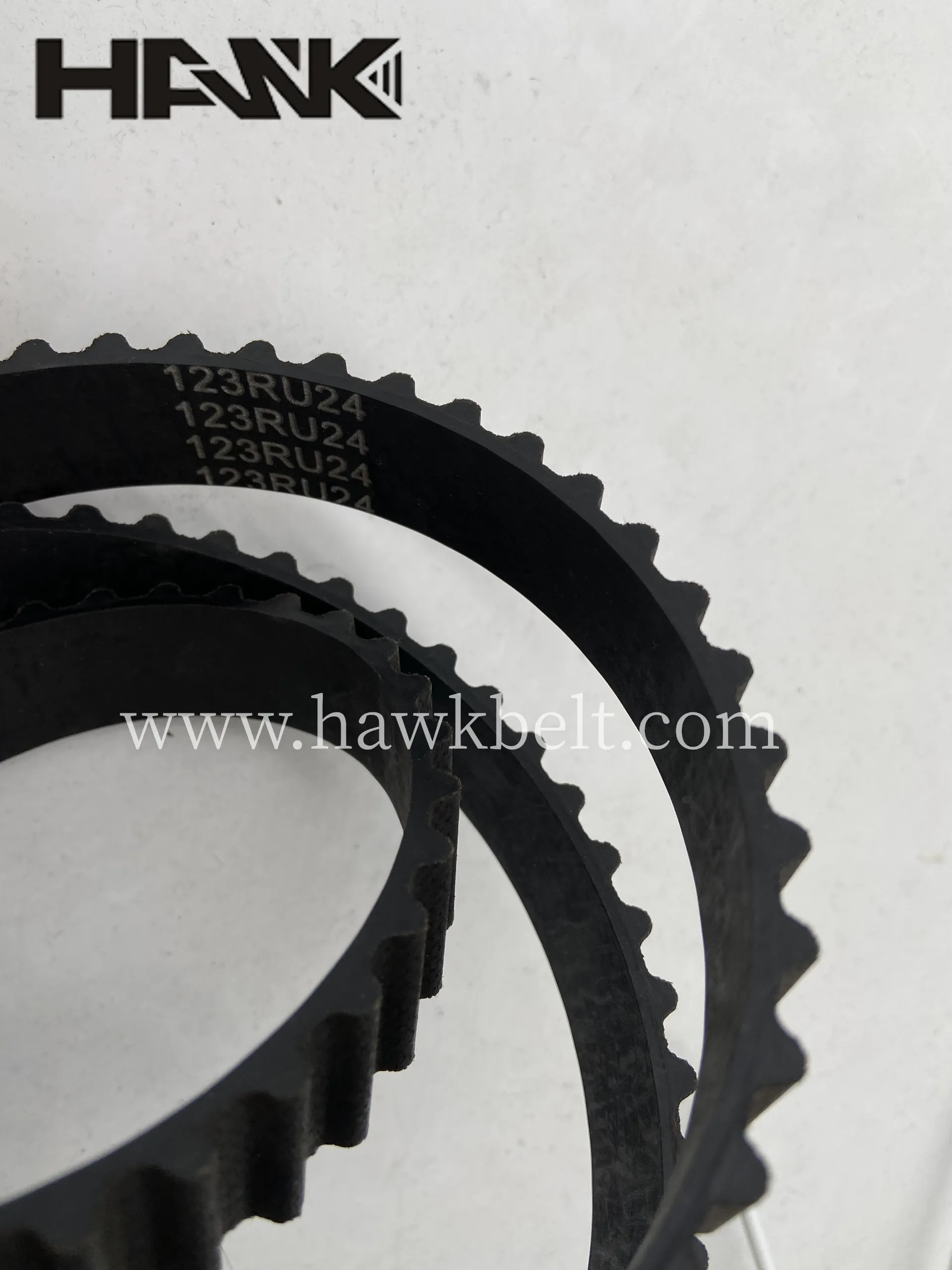- Arabic
- French
- Russian
- Spanish
- Portuguese
- Turkish
- Armenian
- English
- Albanian
- Amharic
- Azerbaijani
- Basque
- Belarusian
- Bengali
- Bosnian
- Bulgarian
- Catalan
- Cebuano
- Corsican
- Croatian
- Czech
- Danish
- Dutch
- Afrikaans
- Esperanto
- Estonian
- Finnish
- Frisian
- Galician
- Georgian
- German
- Greek
- Gujarati
- Haitian Creole
- hausa
- hawaiian
- Hebrew
- Hindi
- Miao
- Hungarian
- Icelandic
- igbo
- Indonesian
- irish
- Italian
- Japanese
- Javanese
- Kannada
- kazakh
- Khmer
- Rwandese
- Korean
- Kurdish
- Kyrgyz
- Lao
- Latin
- Latvian
- Lithuanian
- Luxembourgish
- Macedonian
- Malgashi
- Malay
- Malayalam
- Maltese
- Maori
- Marathi
- Mongolian
- Myanmar
- Nepali
- Norwegian
- Norwegian
- Occitan
- Pashto
- Persian
- Polish
- Punjabi
- Romanian
- Samoan
- Scottish Gaelic
- Serbian
- Sesotho
- Shona
- Sindhi
- Sinhala
- Slovak
- Slovenian
- Somali
- Sundanese
- Swahili
- Swedish
- Tagalog
- Tajik
- Tamil
- Tatar
- Telugu
- Thai
- Turkmen
- Ukrainian
- Urdu
- Uighur
- Uzbek
- Vietnamese
- Welsh
- Bantu
- Yiddish
- Yoruba
- Zulu
des . 12, 2024 03:21 Back to list
truck timing belt
Understanding Truck Timing Belts Importance, Maintenance, and Replacement
The timing belt is a crucial component of any truck’s engine, playing an essential role in synchronizing the crankshaft and camshaft rotations. This synchronization is vital for the engine to function efficiently, ensuring that the engine’s valves open and close at the appropriate times during each cylinder's intake and exhaust strokes. If you own a truck or are considering purchasing one, understanding the timing belt's significance, maintenance, and replacement is crucial.
What is a Timing Belt?
A timing belt is typically made of durable rubber reinforced with nylon or steel. The specific design varies based on engine types but generally consists of teeth that mesh with the gears on the crankshaft and camshaft. This ensures that the engine's timing remains precise, facilitating the perfect sequence of operations in the combustion cycle.
Importance of Timing Belts
The importance of a timing belt cannot be overstated. A malfunction or failure of the timing belt can lead to severe engine damage, including bending valves, damaging pistons, or even causing complete engine failure. In interference engines, where the timing is particularly critical, a broken timing belt can result in catastrophic failure, leading to costly repairs.
Moreover, a properly functioning timing belt maximizes fuel efficiency and optimizes engine performance. Regular maintenance of the timing belt can help avoid unexpected breakdowns and prolong the lifespan of your engine.
Signs of Timing Belt Wear
Unfortunately, timing belts do not have a warning light that notifies you when they are due for replacement. Instead, it’s essential to be vigilant about the signs of wear and tear, which can include
1. High-pitched Noises A common symptom of a failing timing belt is a high-pitched squealing noise, which could indicate that the belt is slipping or losing tension.
truck timing belt

3. Oil Leaks Oil leaking from the front of the engine can signal wear or damage to the timing belt seals.
4. Check Engine Light While many issues can trigger the check engine light, abnormal timing can also cause this warning.
5. Visible Cracks or Damage Inspecting the timing belt for visible signs of wear, such as cracks, fraying, or missing teeth, is crucial.
Maintenance and Replacement
Given the critical nature of timing belts, adhering to a regular maintenance schedule is essential. Most truck manufacturers recommend replacing the timing belt every 60,000 to 100,000 miles, but this can vary based on the truck's make and model. Always consult the owner’s manual for the specific maintenance schedule for your vehicle.
When replacing a timing belt, it’s wise to also inspect and potentially replace other components that could fail, such as the water pump, tensioners, and idler pulleys. Since accessing the timing belt can be labor-intensive, replacing these parts at the same time helps save on future labor costs and ensures optimal performance.
Conclusion
The timing belt is a vital component of your truck's engine that should not be overlooked. Regular maintenance and timely replacement of the timing belt are critical for preventing engine damage and maintaining overall vehicle performance. By being aware of the signs of wear and knowing when to replace it, truck owners can avoid the potentially astronomical costs associated with engine repairs due to timing belt failures.
Investing time and effort into understanding and maintaining your truck’s timing belt will not only prolong the life of your engine but also enhance the safety and reliability of your vehicle. Remember, prevention is always easier—and cheaper—than repair. Regularly scheduled checks and adherence to manufacturer recommendations will ensure your truck remains in top condition, providing you with reliable service for years to come.
-
Korean Auto Parts Timing Belt 24312-37500 For Hyundai/Kia
NewsMar.07,2025
-
7PK2300 90916-T2024 RIBBED BELT POLY V BELT PK BELT
NewsMar.07,2025
-
Chinese Auto Belt Factory 310-2M-22 For BMW/Mercedes-Benz
NewsMar.07,2025
-
Chinese Auto Belt Factory 310-2M-22 For BMW/Mercedes-Benz
NewsMar.07,2025
-
90916-02660 PK Belt 6PK1680 For Toyota
NewsMar.07,2025
-
drive belt serpentine belt
NewsMar.07,2025

